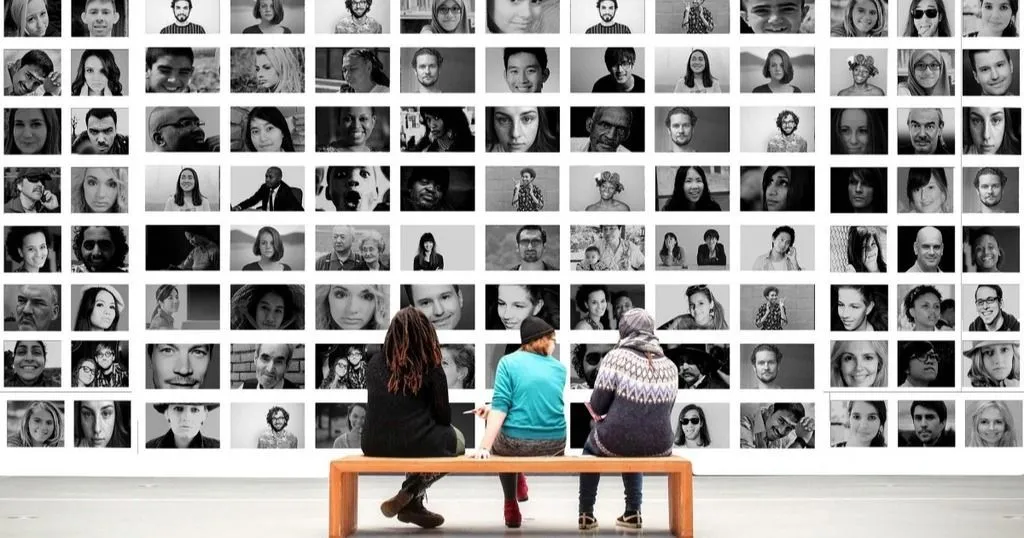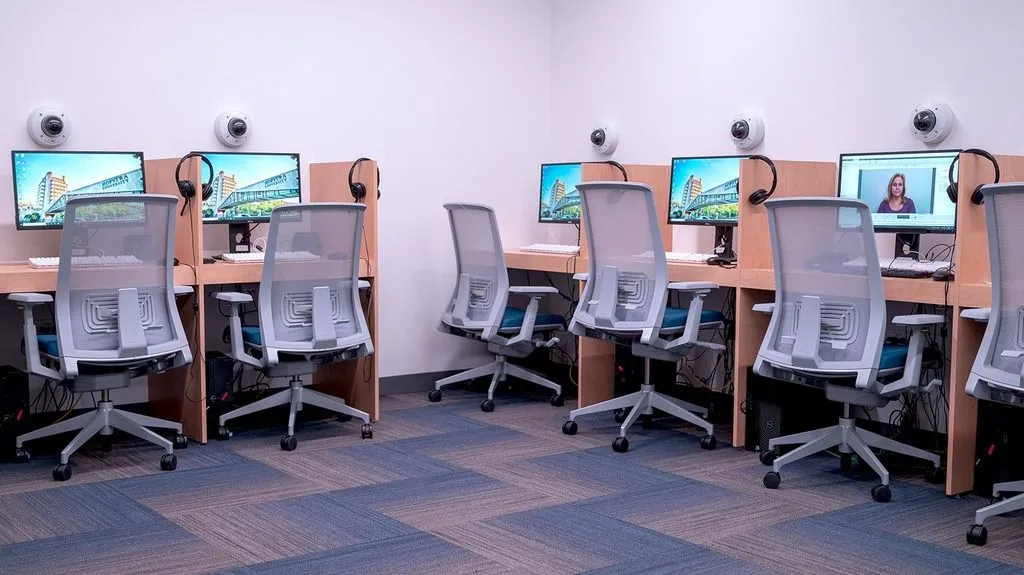Surprising the senses: how unexpected flavors reveal consumer emotions
What happens when your brain expects something sweet, but your mouth gets savory? Researcher Artur Głuchowski used this twist to uncover how we emotionally react to unexpected food.
Posted by
Published on
Thu 24 Jul. 2025
Topics
| Data Integration | Emotions | FaceReader | Food | NoldusHub | Facial Expression Analysis | Consumer Behavior |

When Artur Głuchowski arrived in Wageningen for a two-week research sprint, he wasn’t just thinking about food, he was thinking about how food makes us feel, and more importantly, how we show it.
As a researcher at the Department of Food Gastronomy and Food Hygiene at the Warsaw University of Life Sciences in Poland, Artur specializes in modern dishes and consumer responses. His latest study, conducted as part of the COMFOCUS project, looked into how consumers react emotionally when they taste something unexpected. And he had a clever way to make that happen.
Challenge consumers with unexpected flavors
During the COMFOCUS project, his research focused on evaluating the "surprise effect" among Dutch consumers. He designed an experiment built around surprise. Six snacks, arranged in three identical-looking pairs, were created to visually trick the consumer. Each pair consisted of one sweet and one savory version: a delightful (or disorienting) mismatch between appearance and flavor.
For instance, one cream puff was filled with coconut cream, the other with salmon. In the mousse category, one sample was a sweet pistachio, the other horseradish. He also served tarts: one contained lemon cream, while the other held hummus.
All of them looked the same.
“The idea was to challenge consumers with unexpected flavors,” Artur explained. “I wanted to see how people respond, not just what they say, but what their body tells us."
Using NoldusHub for consumer behavior research
To measure implicit reactions, he used NoldusHub, a centralized platform that allowed him to record physiological and behavioral responses during the tasting session. Consumers also filled out paper questionnaires using standard harmonized scales and emotion-related metrics. His goal: to compare these explicit responses with the implicit measures obtained by using NoldusHub.
NOLDUSHUB: Simplify your multimodal research
Discover how NoldusHub benefits your behavior research, and why it is the best multimodal platform for you to use:
- Integrated data collection
- Synchronization from the start
- Immediate feedback on data quality
Integrated facial expression analysis
Artur used the integrated facial expression analysis from FaceReader to track micro-expressions: the quick, involuntary reactions that can reveal how we truly feel. He also measured arousal using galvanic skin response and monitored visual attention via eye tracking. All of this was done live, with participants guided by video content on a screen.
Emotional responses to unexpected flavors
The results were as varied as the snacks themselves. Some participants were clearly shocked by the flavor they experienced, especially when it clashed with what they were expecting. These reactions were captured vividly through facial expressions. Others were more easy-going with new flavors.
To explore this further, Artur included the Food Neophobia Scale, a tool that helps identify a person’s comfort level with trying new foods. Comparing this with physiological data might offer deeper insights into how novelty influences emotional response.
How technology has supported his research
“It’s incredibly helpful. With FaceReader, I get quantifiable data on facial expressions, which helps detect even the smallest reactions — things that might go unnoticed in traditional surveys or verbal feedback.”
Unlike self-reported methods where people might not be fully honest or aware of their feelings, FaceReader captures real-time, involuntary reactions. This is what makes it such a powerful tool.
“FaceReader is amazing,” Artur said. “You can’t lie to it. When you’re consuming something and reacting in real-time, your face reveals things that words can’t.”
Extensive data collection: much easier with NoldusHub
Behind the scenes, managing all this data was no small task. During an intense two-week period in Wageningen, Artur conducted the study with 50 participants and collected a large amount of data that he was still processing when we spoke to him.
But the integrated setup of NoldusHub made the process smoother. Rather than juggling separate systems and manually syncing data, he had everything he needed in one dashboard.
“You can see the signals in real-time. If something isn’t working, you can repeat the measurement right away. It really helps with data quality,” he said.
“Back home, I usually have to work with separate software and devices for each type of measurement. But with NoldusHub, everything is integrated. I can preview recordings live, check the signal quality, and take immediate action if something goes wrong — all from a single dashboard. That kind of streamlined setup makes the whole process much more efficient.”
Consumer research continues
Though his time in Wageningen was brief, the research will continue. Artur is planning to replicate the study in Poland, using his own equipment: FaceReader, an eye tracker, and hopefully, a data acquisition device for additional biometric data.
Reflecting on the project, Artur said it was a very intense period in his career. “Using NoldusHub helped me a lot. You’re not just relying on what consumers say, you can see their reactions and observe how they feel.”
For behavioral researchers interested in capturing the authentic emotional experience of consumers, Artur’s work is a great case for integrating tools like NoldusHub into experimental design. Because sometimes, the face says more than the words ever could.
About COMFOCUS
Across Europe, researchers are working together to better understand consumer behavior and food choices. In the COMFOCUS project, early-career scientists explored surprising new questions.
Project partners
The COMFOCUS project is led by Wageningen University and has 14 other partners, including Noldus. Noldus will develop innovative new technologies for the objective measurement of the experience of food consumers.
During the project NoldusHub was developed and used by researchers for integrating, synchronizing and carrying out advanced analysis of a range of sensor data streams.
Related Posts

How to easily apply multimodal measurement during research with children

The power of multimodal research in human behavior studies
